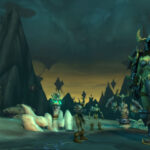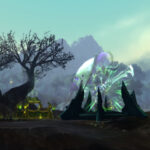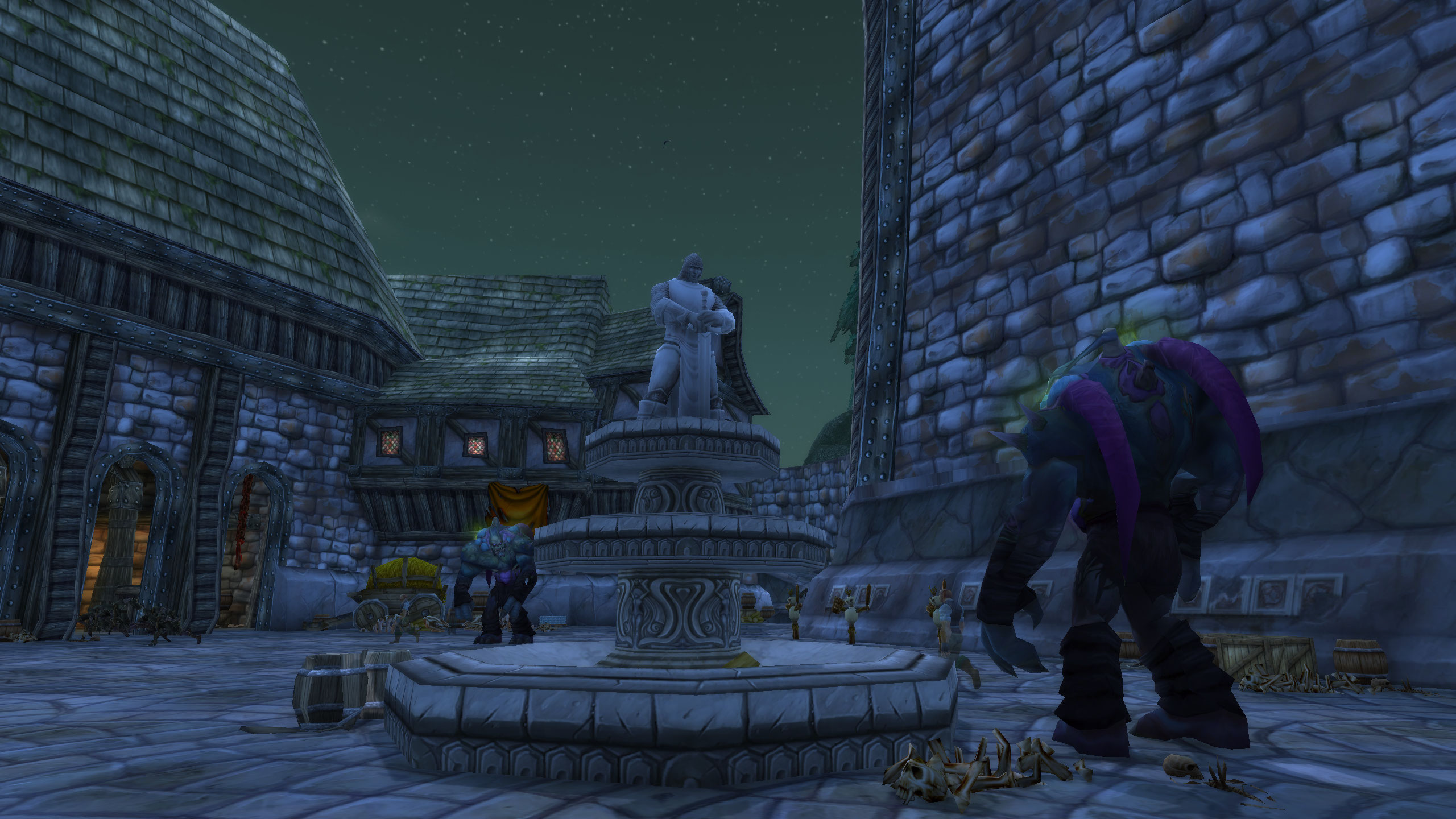World of Warcraft Expansion Review: From Vanilla to Nowadays
Introduction
Since its release in 2004, World of Warcraft has seen numerous expansions that each introduced new lands, mechanics, stories, and systems. Every expansion has had its highs and lows — shaping the evolving identity of the game while responding to changing player expectations. From the epic dungeon-crawling days of Classic to the cosmic chaos of Shadowlands, each chapter in WoW’s history reflects a different vision of Azeroth. In this review, we’ll travel through every major expansion, analyzing what made each stand out, how systems developed, and how modern expansions compare to their legendary ancestors.
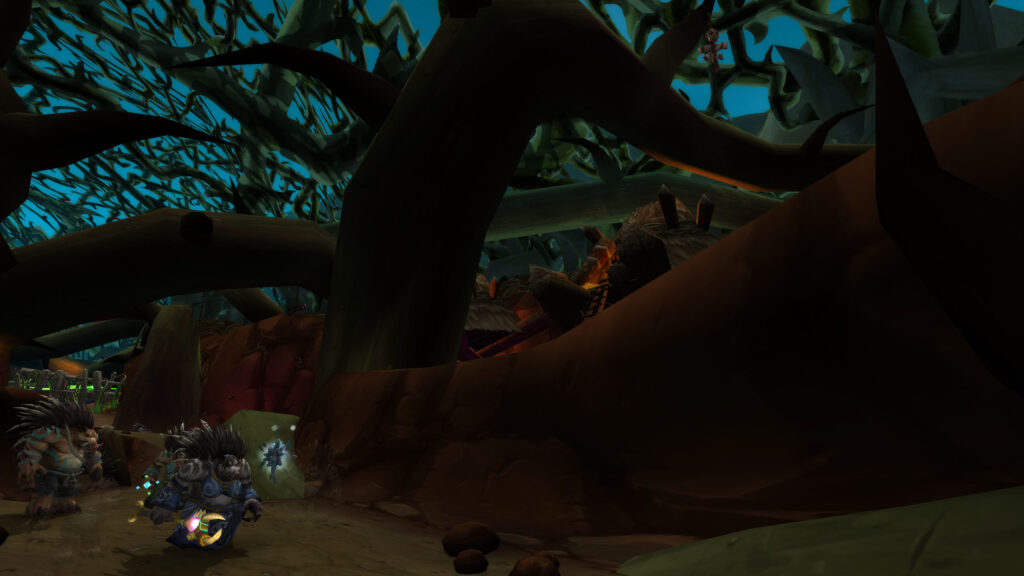
1. Vanilla (Classic): The Birth of Azeroth
The original version of WoW, now referred to as Classic, introduced players to Azeroth as a living world. There were no flying mounts, group finders, or cross-realm tech — just vast zones, slow leveling, and massive server communities. Raids like Molten Core and Blackwing Lair defined endgame progression, and PvP was a grind through the Honor system. While considered slow and punishing by today’s standards, Classic fostered deep social interactions and a strong sense of achievement. It laid the groundwork for what an MMO could be — rich lore, personal journeys, and a focus on long-term investment.
2. Burning Crusade to Wrath: Blizzard’s Golden Age
The Burning Crusade (2007) brought flying mounts, Heroic dungeons, and the first real narrative escalation with the shattered Outland. It also introduced Arena PvP and two new races: the Blood Elves and Draenei. Many players still cite Wrath of the Lich King (2008) as the game’s peak — with its cinematic storytelling, class-defining talents, and the unforgettable Lich King raid encounter. Dungeon accessibility improved, and players could queue for content more easily. These expansions marked Blizzard’s balance between challenging content and mass appeal. The tone was epic, the story was grounded, and the community was thriving.
3. Cataclysm to Warlords: Experimentation and Fracture
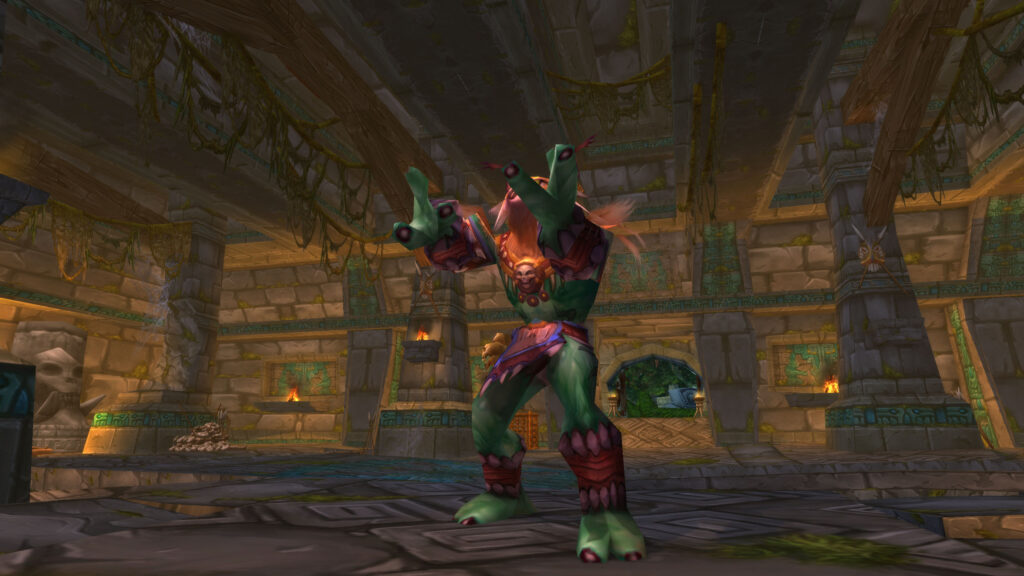
Cataclysm (2010) shook things up, both literally and figuratively. Azeroth was reshaped, old zones were reworked, and flying was introduced in the original world. The overhaul was ambitious, but some felt it disconnected players from the nostalgia of Classic. Pandaria (2012), though initially mocked for its theme, surprised many with strong class design and elegant raid encounters. Meanwhile, Warlords of Draenor (2014) featured powerful visuals and base-building through the Garrison system but suffered from cut content and a lack of endgame engagement. These years were experimental and uneven, showing Blizzard’s struggle to innovate while retaining its core.
4. Legion to Shadowlands: Systems, Systems, Systems
Legion (2016) was widely praised for reinvigorating the game. Class-specific artifact weapons, engaging world quests, and epic dungeons like Karazhan offered tons of content. It felt like a return to form. Battle for Azeroth (2018), however, drew criticism for its reliance on borrowed power systems like Azerite armor, which added grind without meaningful reward. Shadowlands (2020) introduced the Covenants system — rich in lore, but often restrictive in gameplay. Torghast, the rogue-like tower, split players; some loved it, others loathed it. These expansions focused heavily on progression systems, sometimes at the cost of player freedom and fluidity.
5. Dragonflight and The War Within: Returning to Roots
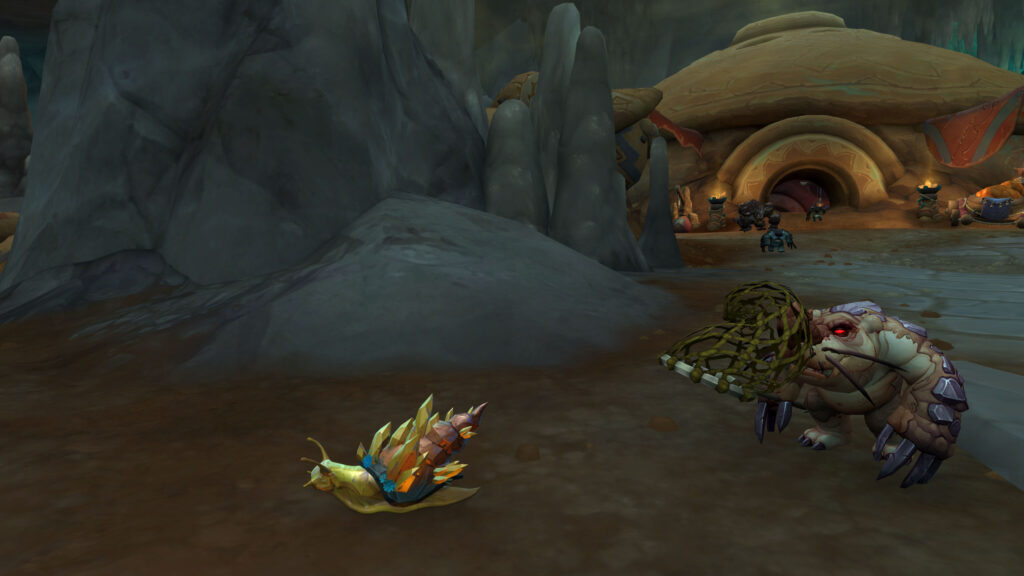
Dragonflight (2022) stripped away some of the convoluted systems and instead emphasized freedom and exploration. The new talent tree revamp, dragonriding mechanics, and the beautiful Dragon Isles zone design showed a renewed focus on player expression. The War Within (2024) follows this trend by building on quality-of-life improvements, enhancing alt-friendliness, and providing engaging story arcs through Delves and warbands. These modern expansions show Blizzard listening more to feedback, returning to core MMORPG principles, and reducing the grind in favor of fun. Whether it’s permanent talents, simplified gearing, or flexible progression paths, this era is marked by trust in players to choose their path.
Expansion Comparison Chart
| Expansion | Release Year | Highlight Feature | Community Rating |
|---|---|---|---|
| Vanilla (Classic) | 2004 | Open world exploration, social depth | 9/10 |
| Wrath of the Lich King | 2008 | Epic storytelling, strong raids | 9.5/10 |
| Legion | 2016 | Artifact weapons, class fantasy | 9/10 |
| Battle for Azeroth | 2018 | Azerite armor, warfronts | 6/10 |
| Dragonflight | 2022 | Exploration, talent overhaul | 8.5/10 |
Conclusion
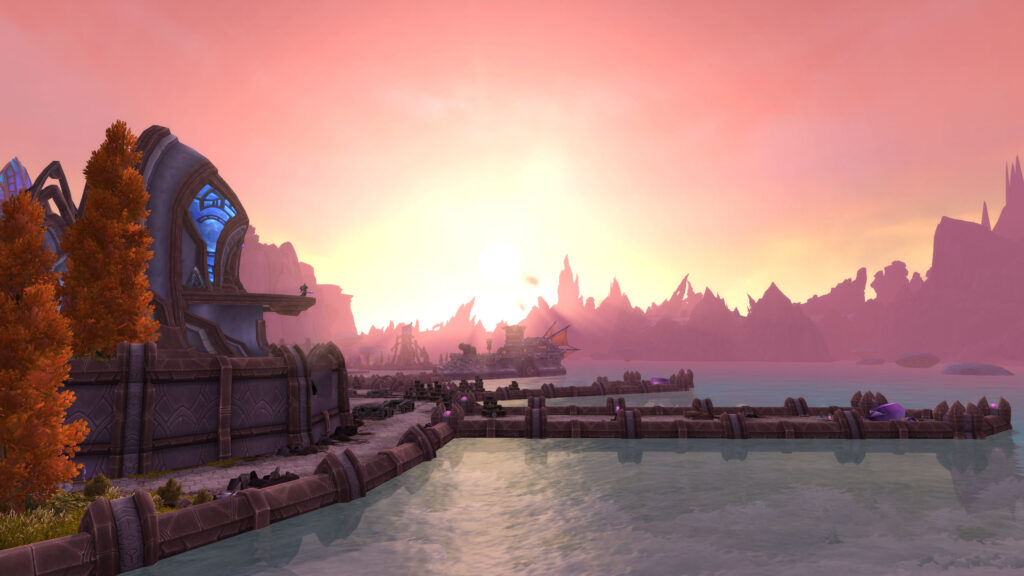
World of Warcraft has changed dramatically over the last two decades, adapting to trends, feedback, and technology. While not every expansion hit the mark, each brought something new — whether it was a bold mechanic, an unforgettable villain, or a major improvement in player experience. From Classic’s hardcore roots to Dragonflight’s elegant accessibility, WoW remains a living, evolving game that continues to inspire and engage. Looking ahead, if Blizzard maintains its current balance of innovation and player respect, future expansions may one day rival even the golden days of Northrend and the Broken Isles.
Freddie McCoy is a veteran gaming journalist and content creator. He began his career as an avid gamer, producing videos and reviews of the latest games. After gaining recognition in the gaming community, he went on to establish himself as one of the top video game commentators in the industry. His website and social media accounts feature hundreds of reviews, interviews with developers and other content creators, as well as insider information about upcoming releases. With each passing year, Freddie’s work continues to be recognized for its insightfulness and passion for gaming – earning him millions of passionate followers around the world. Whether it’s covering E3 or interviewing high profile developers; Freddie brings enthusiasm, knowledge, and entertainment to every project he touches making him one of the most important voices in the industry today.


